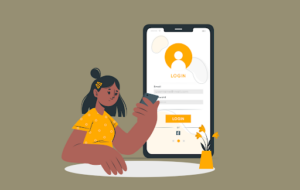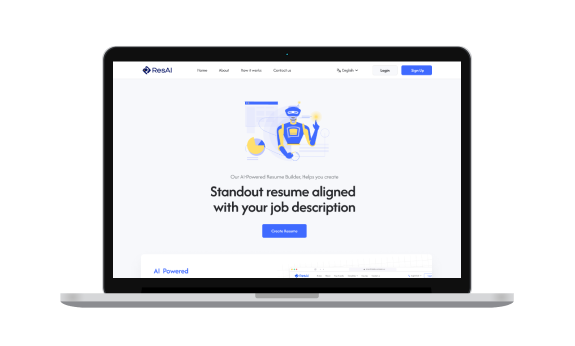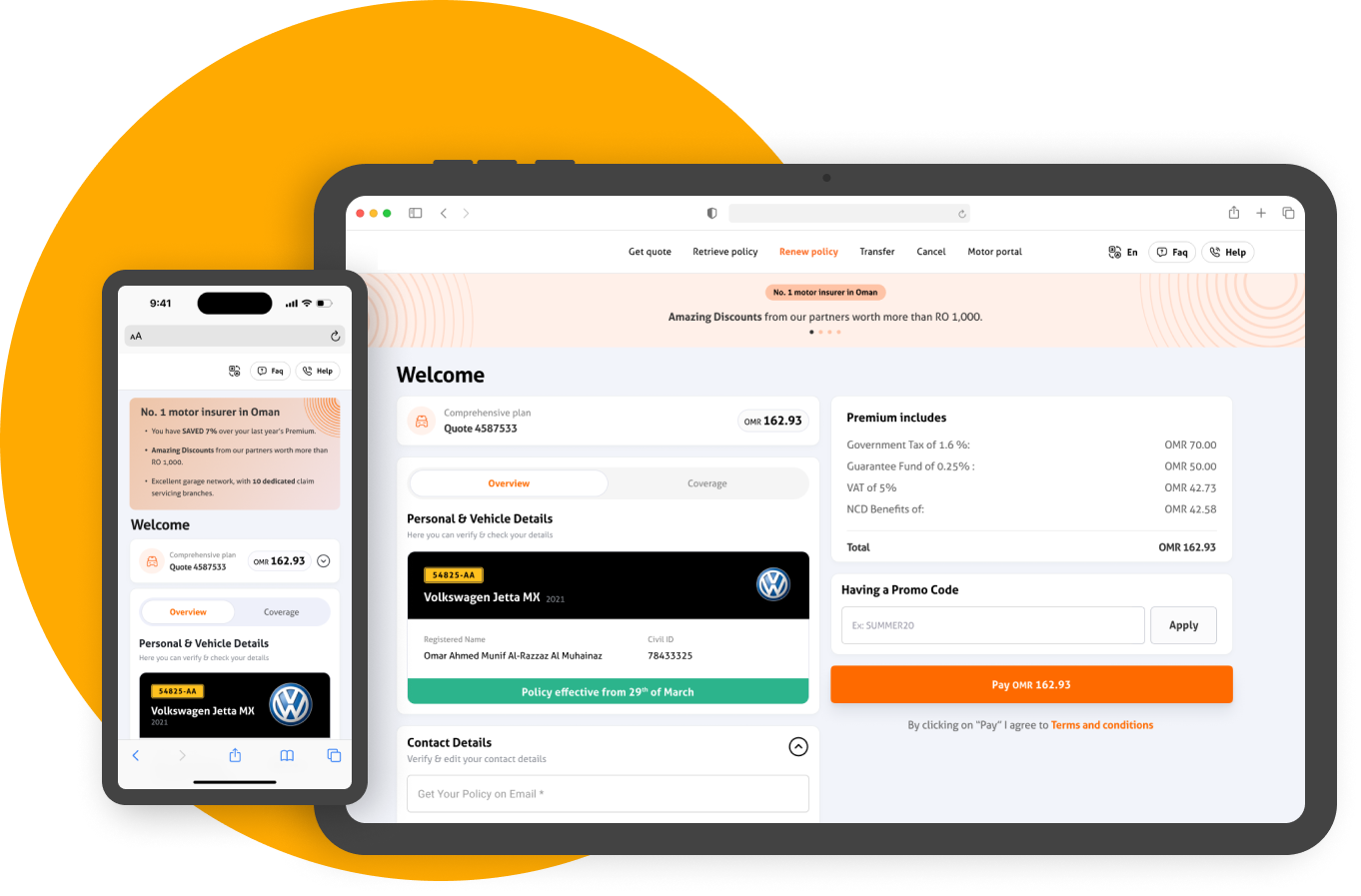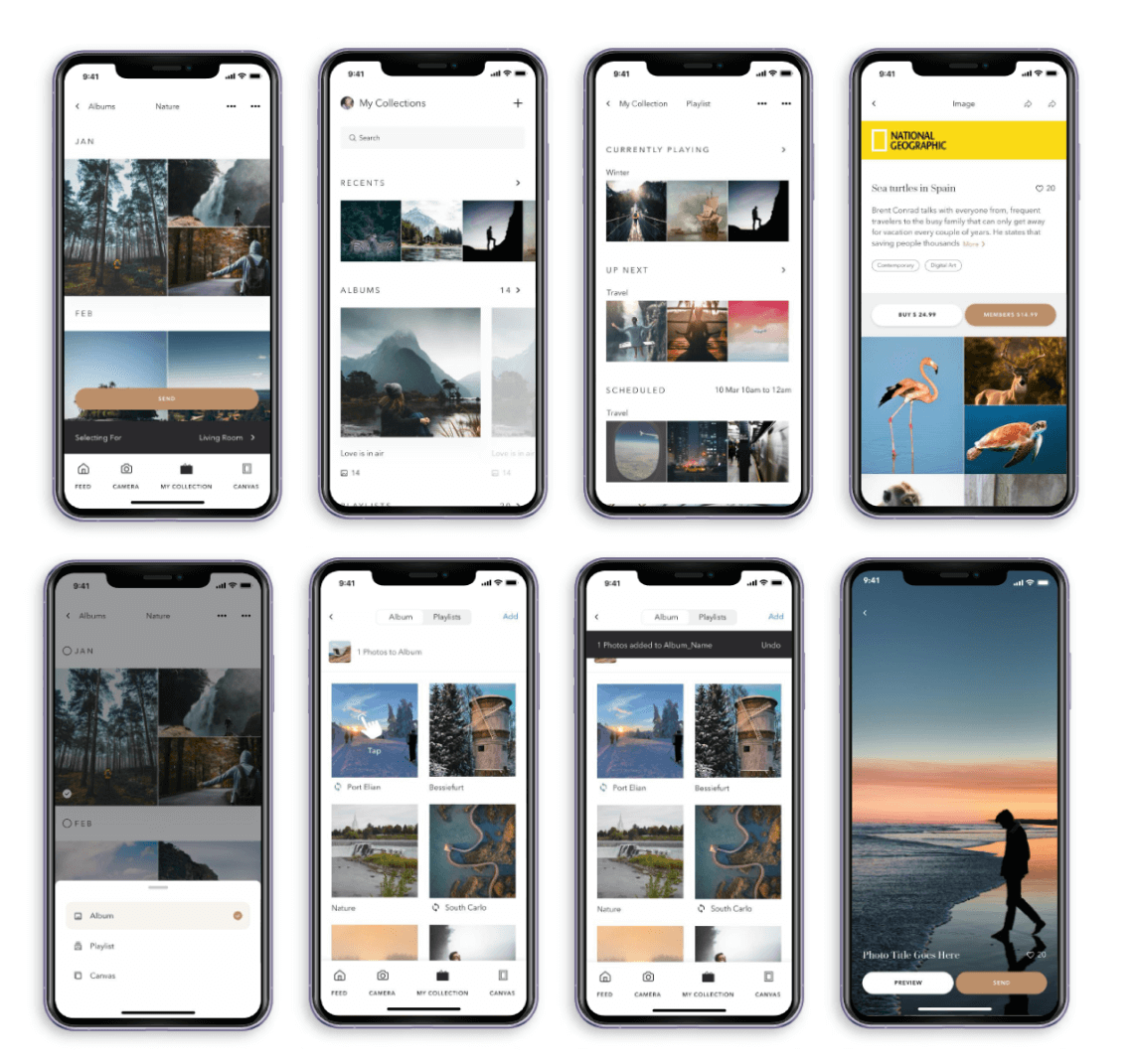Imagine a world where every digital interaction feels tailor-made, anticipating your preferences. This is the realm of Generation Z, the Internet Generation.
These digital natives navigate the online landscape with an innate sense of connectivity and expectation, from viral TikTok videos to exclusive sneaker drops on Nike SNKRS.
In this blog, we delve into UX design for Generation Z, where innovation meets intuition. We’ll uncover the secrets behind crafting experiences that exceed the expectations of this tech-savvy generation.
Generation Z, with 69 million individuals born between 1997 and 2012. “Their normal is the old unconventional”. They arrived at nursery school knowing how to pinch and swipe—not at fellow toddlers, but on touch screens. Many owned their first smartphones before age 11 and spent up to nine hours a day consuming media, including two to four hours on YouTube. With a spending power of over $44 billion, they are the richest, most vocal, and open-minded generation ever.
The Designer’s Challenge
To captivate the savvy minds of Generation Z, designers must delve deep and approach their work with keen insight. Crafting brand messages, designs, and online experiences that resonate with these digital natives is no easy task. So, how can you and your clients effectively design for and market to Gen Z?
- Understanding the psychology
To design effectively for any audience, a designer must first understand what makes them tick. Generation Z has only known life with computers, smartphones, and gaming devices. Unlike Millennials, who take their problems to the Genius Bar, Gen Z looks for solutions and can achieve them independently. Brands should present designs that empower this generation to be the best versions of themselves.
- Personalize your messages
“Kids in Gen Z are changing so fast, you almost have to say something individualized to each of them,” says Nick Iannitti, director of communications at Fuel Youth.
There’s a real brand of fickleness, so you’ve got to provide experiences that will stick. Your designs should feel like they come from a close friend, not a nameless company. Incorporate casual, everyday language, and even slang into your projects.
- Embrace bright colors
Gen Z lives for color. “Bright, colorful surprises can grab their attention early and keep it,” says Iannitti. When designing for this age group, embrace trends like neon gradients and mixed patterns. Be fearless in experimenting with new color combinations and unexpected partnerships in texture and hue. If it catches your eye and makes you look twice, it will do the same for Gen Z.
- Involve Gen Z in the design process
A surefire way to capture Gen Z’s attention is to make them feel like they are part of the design process. “Our research shows that Gen Z wants brands to be a resource, not an endpoint,” says Sam Crompton, director of insights and trends at Ziba Design. Listen to them and include them as co-creators in your design projects.
- Don’t baby things down
Gen Z is way ahead of past generations in terms of exposure to visuals and advertisements. Today’s six-year-olds think and act like the 14-year-olds from two decades ago. Avoid using cartoonish figures and stereotypically young images. Gen Z wants to be treated like adults, and feeling like a design is “for babies” will send them running in the opposite direction.
- Embrace fluidity and inclusivity
Gen Z is all about breaking down barriers. They are fluid in their identities and reject standard delineations like blue for boys and pink for girls. Ask a Gen Z, “What are you known for?” and they might say, “I’m a musician, a skateboarder, a photographer, a digital designer, an environmentalist, and a pre-med.” Design with this fluidity and inclusivity in mind.
- Make content shareable, scalable, and snackable
Gen Z’s identity is forged by the content they create and share. Ensure your content is scalable and looks good on various platforms, from Instagram feeds to website banners. With an attention span of about eight seconds, your content must be short, sweet, and quickly understood, making the viewer hungry for more.
- Instant gratification
Gen Z has grown up with the instant gratification of on-demand services, from streaming music to ordering food. UX designers must prioritize speed and efficiency in their designs. Implement quick-loading features, smooth transitions, and streamlined checkouts to meet Gen Z’s need for immediate results.
- Video and visual content
Video and visual content are king for Gen Z. They prefer video tutorials, animations, and interactive visuals over lengthy text. Consider integrating video content to explain complex concepts, showcase products, or provide a more engaging learning experience.
- Authenticity matters
Gen Z values authenticity and can spot stock images and inauthentic content from a mile away. To engage this generation, incorporate real, user-generated content, and maintain a genuine and transparent tone in your user interface.
User Patterns in UX Design for Gen Z
Understanding how Generation Z interacts with digital content is crucial for crafting engaging and effective user experiences. Gen Z’s unique user patterns, such as the S and Z reading patterns, can significantly influence the design choices for websites, apps, and digital interfaces.
The S Pattern: It is a scanning behavior where users’ eyes move across the screen in an ‘S’ shape, primarily seen when viewing content-heavy pages like articles or blogs. This pattern starts at the top left, moves horizontally across the page, then drops down and repeats the horizontal movement.
Design Implications
- Hierarchy and structure: Place the most critical information along the path of the S pattern. Ensure headlines, subheadings, and key images are aligned with this visual flow to capture and retain attention.
- Readable content: Break content into smaller chunks with clear headings and subheadings. Use bullet points and numbered lists to make scanning easier.
- Engaging visuals: Incorporate relevant images or graphics along the S pattern path to maintain engagement and visually guide users through the content.
The Z Pattern: is commonly observed on simpler, less text-heavy pages, such as landing pages or home pages. Users’ eyes follow a Z-shaped path, starting from the top left, moving horizontally to the top right, then diagonally down to the bottom left, and finally horizontally to the bottom right.
Design Implications
- Strategic placement: Position essential elements like the logo, navigation menu, call-to-action (CTA), and key messages along the Z path. This ensures users encounter them naturally as they scan the page.
- Bold CTAs: Make your CTAs stand out by placing them at the endpoints of the Z path. Use contrasting colors and compelling copy to encourage clicks.
- Visual balance: Maintain a balance of text and visuals along the Z path to keep the design visually appealing and guide users smoothly from one element to the next.
Z Persona: Meet Zara, a Typical Gen Z User
Effective UX design requires an understanding of Generation Z’s demands and preferences. Generation Z, also known as digital natives, has grown up in a world where technology is seamlessly integrated into daily life. Their expectations for digital experiences are high, and they demand authenticity, speed, and personalization.
To better tailor UX strategies, let’s explore the persona of Zara Smith, a representative of this dynamic and tech-savvy generation. By examining Zara’s goals, values, and challenges, we can gain valuable insights into creating digital experiences that resonate deeply with Generation Z.
By understanding and implementing these user patterns and designing with a persona like Zara in mind, designers can create more engaging, intuitive, and satisfying experiences for Generation Z. This not only meets their high expectations but also fosters loyalty and advocacy for the brand.
Factors Important to Purchasing Decisions for Gen Z
When deciding to purchase from a brand, Gen Z places a greater emphasis on affordability, brand authenticity, and brand transparency compared to older generations. Here are some key statistics highlighting these priorities among Gen Z consumers:
Affordability, Authenticity, and Transparency Resonate the Most with Gen Z
- Affordability: 62% of Gen Zers say affordability is crucial to their purchase decisions, compared with 53% overall.
- Brand authenticity: 32% of Gen Z consumers prioritize brand authenticity in their purchasing decisions, compared with 24% overall.
- Brand transparency: 25% value brand transparency, compared with 16% overall.
Understanding these factors can help brands effectively cater to the preferences and values of Generation Z, ensuring stronger connections and increased loyalty from this influential demographic.
Source: Stats
Examples of Successful UX Designs for Gen Z
- TikTok: TikTok’s intuitive interface, personalized content, and immersive experience make it a favorite among Gen Z. With its ability to quickly engage users in creative expression, TikTok has become a cultural phenomenon.
- Spotify: Spotify’s personalized playlists and user-friendly interface resonate with Gen Z’s love for customized, effortless experiences. By offering a seamless music streaming experience, Spotify has become a go-to platform for Gen Z’s entertainment needs.
- Duolingo: Duolingo’s gamified approach to language learning has captivated Gen Z, offering bite-sized lessons that are both informative and entertaining. With its interactive features and progress tracking, Duolingo makes language learning accessible and enjoyable for young users.
- Instagram’s Story Feature: Instagram’s story feature taps into Gen Z’s love for real-time content and spontaneous expression. Instagram stories have become an integral part of Gen Z’s social media experience by providing a platform for users to share fleeting moments and behind-the-scenes glimpses.
- YouTube: YouTube offers a diverse range of free content for Gen Z, from music and influencers to news and tutorials. With its extensive library of videos and limited ads, YouTube caters to Gen Z’s diverse interests while providing a seamless viewing experience.
Conclusion
In the ever-evolving landscape of digital experiences, designing for Generation Z marks a pivotal shift toward innovation and authenticity. With their innate connectivity and tech-savvy sensibilities, Gen Z challenges designers to think beyond conventional boundaries, prioritizing inclusivity, accessibility, and instant engagement.
By understanding the psychology and preferences of Gen Z, designers can craft experiences that not only meet but exceed their expectations. From personalized messages to vibrant visuals and seamless interactions, each design element plays a crucial role in capturing and retaining Gen Z’s attention in a world saturated with digital content.
Author – Priyanshi
References
- https://blog.adobe.com/en/publish/2017/08/10/designing-for-generation-z-how-to-engage-todays-super-savvy-kids-and-teens
- https://codal-inc.medium.com/ux-design-for-gen-z-understanding-the-digital-natives-5f1edc3b38da
- https://designlab.com/blog/designing-for-gen-z
- https://www.surveymonkey.com/curiosity/gen-z-social-media-and-shopping-habits/
- https://adamfard.com/blog/gen-z-and-ecommerce
- https://explodingtopics.com/blog/gen-z-stats

















